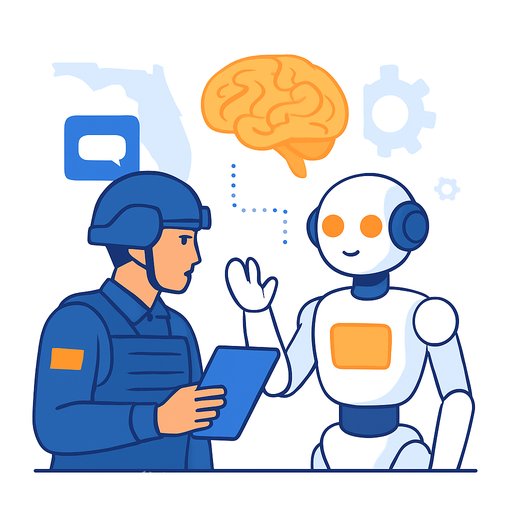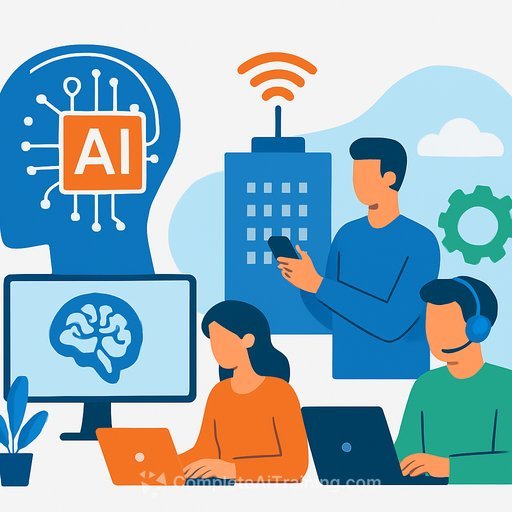How Voice AI Can Transform Business Operations
The human voice has always been a powerful tool for communication, capable of inspiring and moving people. From historic speeches to everyday conversations, voice carries authenticity and emotion. Today, voice technology combined with artificial intelligence is emerging as a practical interface to improve customer experience and streamline business operations.
Voice AI is no longer limited to simple customer service tasks. It now offers a hands-free way to interact with complex systems, retrieve data, and trigger workflows. For example, a supply chain manager in a warehouse can ask, “What’s the ETA for shipment 4987?” and get an instant response based on live ERP data. This kind of contextual, real-time interaction can save time and reduce friction in decision-making.
Voice AI as an Operating Layer
Voice AI acts as a lightweight command layer over heavy enterprise systems. It converts spoken commands into actionable data that informs decisions quickly. This reduces delays and makes organizations more responsive to human input. By integrating voice AI deeply within workflows, businesses can compress time and eliminate unnecessary steps.
Human-in-the-Loop 2.0: Augmentation Over Replacement
The idea that AI will replace humans is misleading. Voice AI works best as a collaborator that handles routine tasks, freeing humans to focus on judgment, ethics, and emotional intelligence. While AI can process large volumes of data fast, human workers excel in adaptability and context.
Voice AI can act as a cognitive assistant by automating repetitive voice interactions, reducing mental fatigue, and allowing employees to concentrate on strategic work. This shared approach creates a synergy that neither AI nor humans can achieve alone.
Reimagining Business Touchpoints with Voice AI
Voice AI should be proactive, not just reactive. It can listen, understand new input, and initiate responses across departments. Here are practical examples across industries:
- Sales and Business Operations: Automate lead qualification calls, log outcomes automatically in CRMs, and analyze sales conversations for objections and competitor mentions.
- Recruitment and People Operations: Conduct initial candidate screenings, summarize soft skills, and detect sentiment to identify stress or burnout among employees.
- Logistics and Supply Chain: Enable hands-free issue reporting on the floor, flag shipment discrepancies, and confirm vendor ETAs via voice-triggered workflows.
- Healthcare and Life Sciences: Transcribe doctor-patient conversations, extract medical terms, and automatically update electronic medical records.
- Banking and Insurance: Automate KYC verification, handle routine queries, and detect fraud indicators through voice pattern analysis.
Key Considerations for Voice AI Adoption
- Integrated Architecture: Voice AI must connect seamlessly with existing systems like CRMs, ERPs, and HR platforms. Using integration platforms can help unify data and avoid silos that limit context.
- Continuous Learning and Adaptation: Language and contexts change. Regularly retrain NLP models with real interaction data and establish feedback loops to keep voice AI effective.
- Ethical Transparency and Governance: Be clear with users about when and how voice AI is used. Obtain informed consent for voice data and assign accountability for outcomes. Following an "explain, audit, protect" approach builds trust.
Conclusion
Voice has always been a meaningful way to communicate. Now, paired with AI, it can extend its reach across business systems and decisions. Implemented thoughtfully and ethically, voice AI can help organizations create clearer, more natural conversations that improve operational clarity and agility.
For those looking to explore how to integrate AI tools like voice AI into operations, resources such as Complete AI Training’s latest courses offer practical guidance on adopting AI technologies.
Your membership also unlocks:






